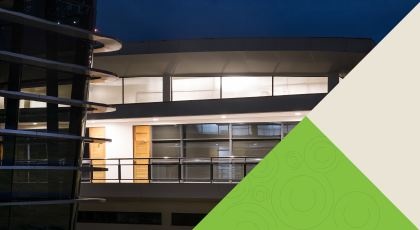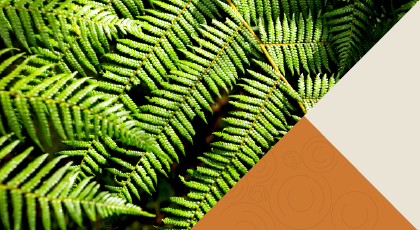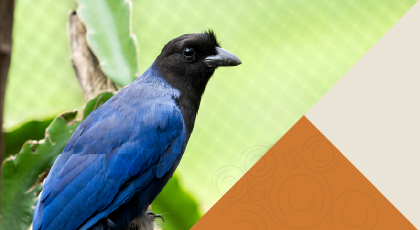Forest base
A new Forestry business unit
The source of Klabin’s raw materials, the Forestry business unit is the foundation for the production, quality, and competitiveness of all products across the value chain. The Company's commitment to best practices starts at the very beginning, with the production of seedlings designed for high productivity and the use of a mosaic planting methodology, which mixes cultivated and native forests and is a global benchmark for sustainable management.
In line with the Company’s evolution, the Forestry business unit expanded in 2024. Through the incorporation of sites acquired from Arauco through the Caetê Project, another 150,000 hectares, divided between cultivated forests (85,000 hectares) and conserved native forests, came under the Company’s management. The integration process was extensive and encompassed not only the forests, but also employees, acquired equipment, new communities, suppliers, and customers.
Preparing for the future
Preparing for the future
The growth of the Forestry business unit led to the creation of a Forest Master Plan structured around ten pillars. Key highlights include:
-
The Safety area is now guided by a new Safety Master Plan, a comprehensive document developed collaboratively across all departments to organize demands and drive progress in health and operational safety standards across the Forestry operations.
-
The Operational Control Center plays a key role by integrating road safety control with a dedicated control room. This space will operate 24/7 and provide full monitoring of the 3,000-vehicle fleet, including heavy trucks, buses, and light vehicles, enabling improved traffic flow control through new protocols and enhancing safety and quality conditions.
-
Regarding logistics and inventory models, a project is underway to update service level parameters, aiming for greater efficiency in supply management and integration with the mills.
-
In the Silviculture area, a structuring project focused on cost optimization and quality will deliver a complete review of the entire management and operational model. The growing difficulty in hiring labor and the associated rising costs have created an opportunity to launch this program, which will revise the registration and planning system, the degree of mechanization, and the labor matrix, while also advancing the field technology journey and the digitalization of controls.
The Forest Master Plan will serve as the work guide for the coming years, outlining priorities and necessary actions to support the foundation of the Company’s roadmap. This growth and transformation within the Forestry Unit required a reorganization of the management structure and operating model:
-
The Forestry business unit’s departments were restructured were restructured to establish a direct connection between Planning and Operations.
-
The management model was redesigned with process-based management and regional coordination, enabling a more agile connection between decision-making and execution.
RPPN Vale do Corisco, in Sengés (Paraná).
Highlights of Forestry business unit in 2024
Highlights of Forestry business unit in 2024
911,000
hectares of total area
463,000
hectares of productive areas
41%
conservancy native areas
111
trees planted per minute
80
municipalities encompassing tree planting, harvesting and purchasing
30
active harvesting modules
11,000
workers transported every day, including employees and contractors
Continuous improvement
Continuous improvement
A key initiative in Klabin's continuous improvement process was the integration of the Forestry business unit’s planning with the Monte Alegre and Ortigueira plants in Paraná. The exchange of information and multidisciplinary team approach led to changes in processes, bringing about gains for all sides. One example was work carried out to increase the quality of raw material produced, which involved adjustments to the size of wood chips and debarking of the material. The new guidelines agreed between different areas made it possible to increase the capacity to supply Klabin's mills, without the need for new investments.
Another area of improvement was the maturing of Klabin’s “Superar” (“Surpass”) continuous improvement program within the Forestry business unit. This operating model, already well established at the Company’s plants, underwent some adaptations and was applied to timber harvesting in six modules. The autonomous management supported by Superar, combined with the maintenance area’s work, proved to be efficient, and this approach is due to be extended to other modules in 2025.






